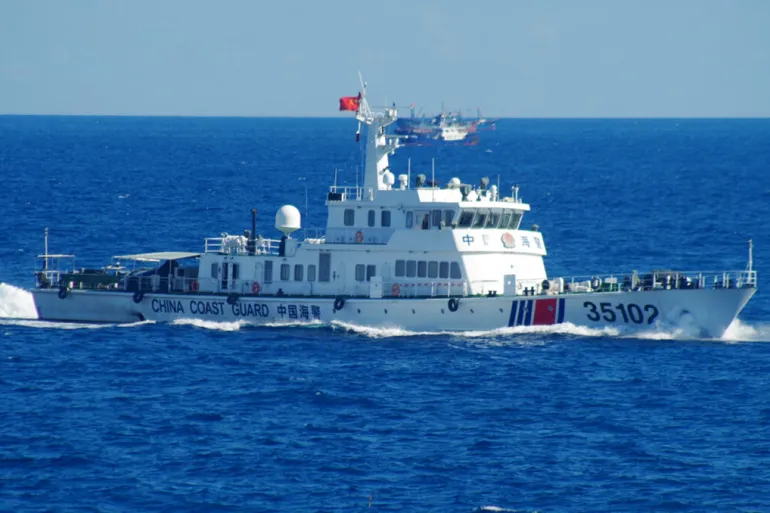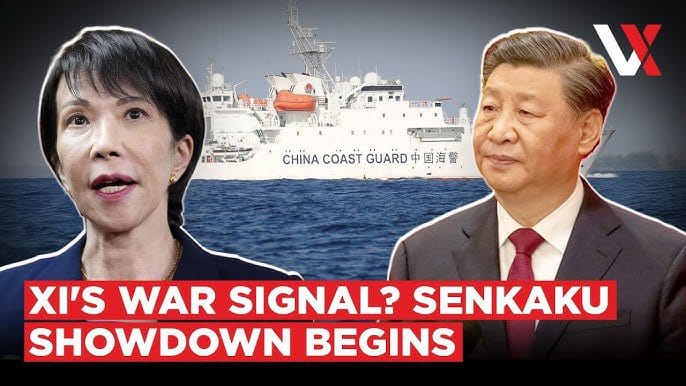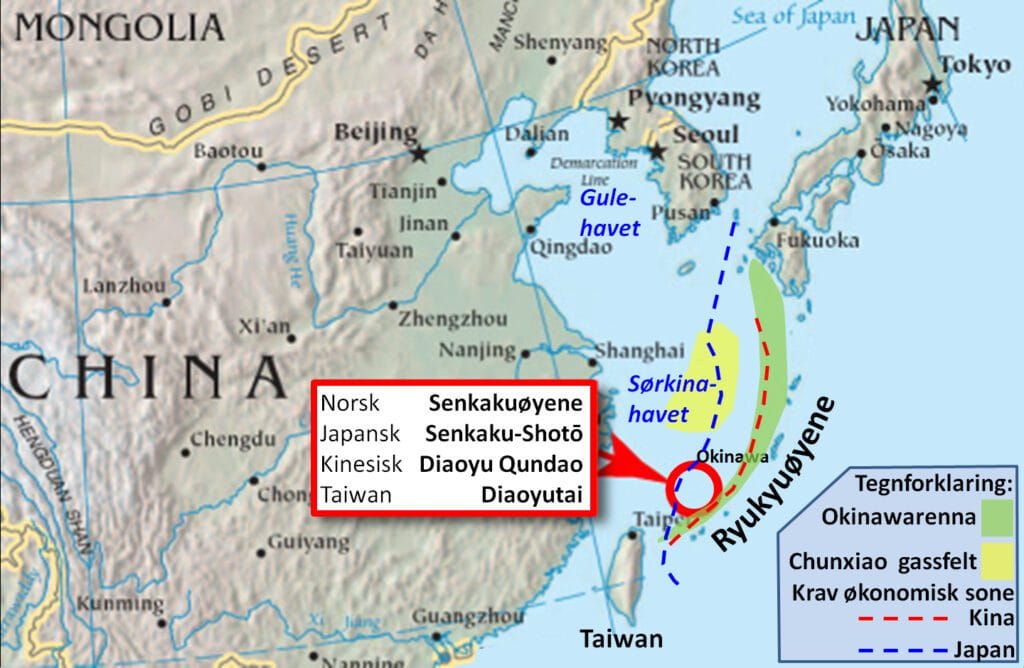How to Navigate Tensions in the Senkaku Islands

The diplomatic temperature in East Asia has reached a fever pitch (Senkaku Islands). In a direct act of maritime retaliation, a formation of China Coast Guard (CCG) vessels sailed through the territorial waters of the Japan-administered Senkaku Islands. The incursion occurred on Sunday, November 16, 2025. This calculated move is the latest, most aggressive response from Beijing. It is a reaction to recent remarks by Japanese Prime Minister Sanae Takaichi regarding Taiwan. Consequently, the dispute over the uninhabited islands has weaponized. It is now a powerful symbol of the intensifying security rivalry between Asia’s two largest economies.
The Taiwan Flashpoint: A Remark That Changed the Status Quo Senkaku Islands
The current crisis did not begin in the East China Sea. It ignited in the halls of the Japanese Parliament. A single statement by the Prime Minister broke decades of strategic ambiguity.
Takaichi’s Red Line
On November 7th, Prime Minister Takaichi addressed a parliamentary committee. She was asked about a hypothetical Chinese invasion of Taiwan. Her response was definitive: A full-scale military attack could be classified as a “survival-threatening situation” for Japan. This classification is legally significant. It would provide a justification for Japan’s Self-Defense Forces to engage in military action under the principle of collective self-defense. This interpretation stunned Beijing. It directly challenged China’s fundamental assertion. China insists that Taiwan is an “internal affair” where no foreign nation, including Japan, has the right to intervene.
Beijing’s Fury and Demands
China reacted with immediate, unreserved fury. Vice Foreign Minister Sun Weidong summoned the Japanese ambassador. He demanded that Takaichi retract the statement immediately. China’s Defense Ministry also weighed in. It has declared that any Japanese intervention “doomed to fail.” The diplomatic clash intensified with personal attacks. A Chinese diplomat in Osaka posted a threatening message. He suggested that a “dirty head” (referring to Takaichi) should “cut off.” This aggressive rhetoric signaled that Beijing has prepared to use all levers of power—diplomatic, economic, and military—to punish Japan’s stance.

The Maritime Response: Asserting Sovereignty by Force Senkaku Islands
The dispatch of the CCG vessels into the disputed waters was a direct, material expression of China’s anger over the Taiwan issue. The action served as a deliberate challenge to Japan’s administration.
The Senkaku/Diaoyu Incursion
On Sunday morning, a formation of four armed CCG vessels sailed through the territorial waters of the Senkaku Islands. These islands are uninhabited. They have administered by Japan since 1972. China, however, claims them as the Diaoyu Islands. The Japanese Coast Guard (JCG) immediately scrambled vessels. They ordered the Chinese ships to leave Japanese waters. The CCG vessels ignored the orders. They navigated the vicinity for several hours. This incident marked a significant escalation. It was the first incursion by Chinese official ships into Japanese territorial waters since mid-October.
A “Rights Enforcement Patrol”
The China Coast Guard quickly issued a statement. They confirmed the action. This framed the passage as a “rights enforcement patrol.” They asserted the operation has lawful. This phrasing is tactical. It communicates to the world that China is enforcing its sovereignty. Japan, conversely, views the incursion as a clear violation of international law. It sees it as a deliberate attempt to challenge the status quo using coercion. The dispute over the Senkaku Islands has deeply rooted. It involves claims to vast oil and gas reserves. However, the immediate timing proves that the action was a direct punishment for Takaichi’s Taiwan policy.
The Escalation Toolkit: Tourism and Airspace Pressure Senkaku Islands
The maritime incursion was only one part of Beijing’s broader retaliation strategy. China simultaneously deployed economic and military pressures against Japan and Taiwan.

The Tourism Weapon
China warned its citizens against traveling to Japan. This move effectively weaponizes tourism. It follows the diplomatic clash. Three major Chinese airlines immediately announced policies. They offered free refunds and exchanges for Japan-bound tickets. This action threatens to devastate Japan’s tourism recovery. Chinese visitors constitute the largest segment of Japan’s inbound tourism market. The Chinese Ministry of Education also advised students planning to study in Japan to exercise caution. This pressure aims to force Tokyo into an economic calculation. It compels the government to weigh the financial cost against the political rhetoric.
Pressure on Taiwan
The crisis extended to the Taiwan Strait. On the same day as the Senkaku incursion, Taiwan’s Defense Ministry detected intense military activity. The ministry detected 30 Chinese military aircraft and seven navy vessels operating around the island. Late Saturday, China conducted another “joint combat patrol.” These exercises have designed to harass Taiwan’s airspace and sea. This coordinated display of force demonstrates a singular message. It links the Senkaku issue and the Taiwan issue. It reinforces China’s commitment to using military pressure against any perceived interference in its core territorial claims.
A New Peak in Regional Tension Senkaku Islands
The sailing of Chinese Coast Guard vessels through the Senkaku Islands marks a dangerous new peak in regional tension. The incident is a direct consequence of Prime Minister Takaichi’s commitment to defending Taiwan. China has responded by employing a multi-faceted strategy. It uses maritime coercion, economic threats, and military posturing. This calculated action forces Japan into an unenviable position. Tokyo must maintain its commitment to the U.S. alliance and the defense of Taiwan. It must do this while managing a direct challenge to its administration of the Senkaku Islands. Senkaku Islands
Read More Articles Click Here. Read Previous Article Click Here.



